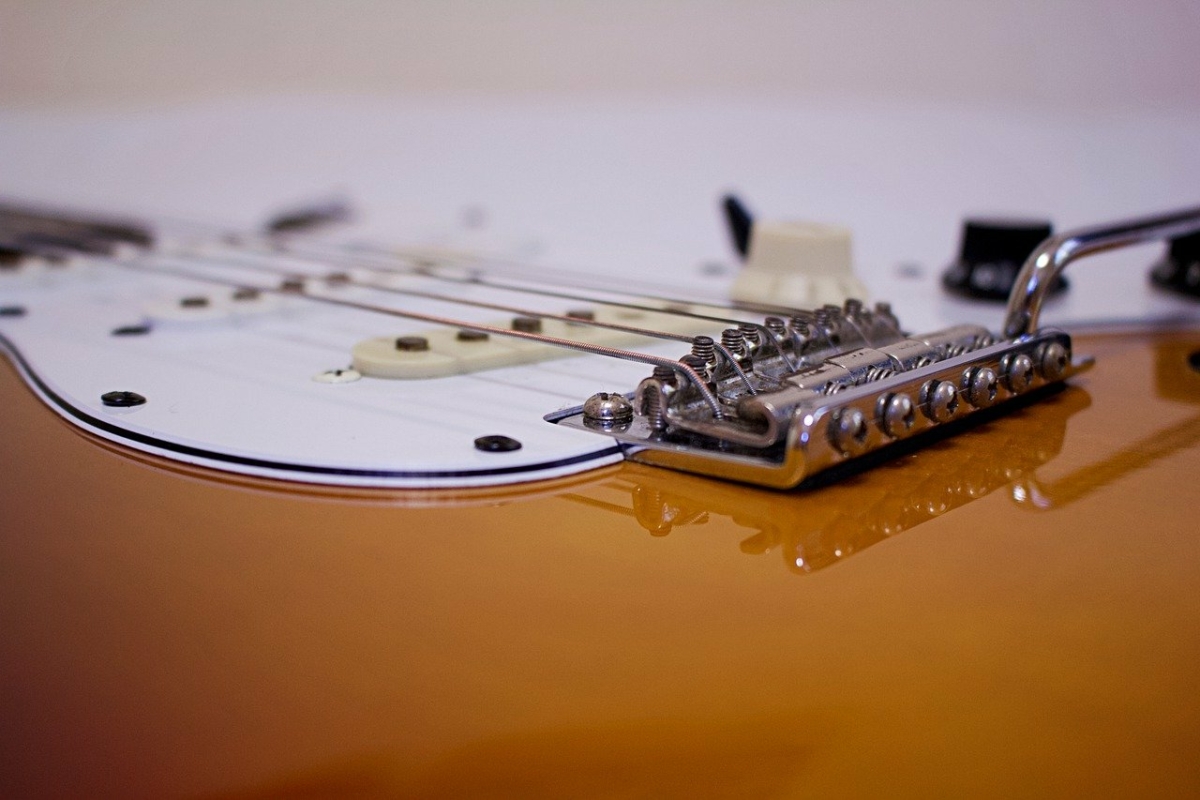Hi, I've just joined the forum as I've only been a PRS owner for 2 days - it's a pre-owned 2021 CE24.
My question is about the bridge, and namely that the back (saddle end) of it is hard against the guitar rather than floating. I've looked around the forum to see if there are similar questions and found a likely topic but unfortunately the photo links weren't working. I don't think I can post a photo in the forum yet but can hopefully follow up with one if needed.
My questions are:
1. Am I right in thinking that the guitar comes out of the factory with the bridge floating, not "docked"?
2. Is having it "docked" a valid choice, or should be avoided? I'm assuming it's probably damaging (has already damaged) the nitro finish?
3. How easy is it change to floating if I want to? Please note - I struggled re-setting the bridge on a strat copy after taking out a spring to make it easier to use, so don't assume any level of technical competence... luckily, I do know a guitar tech.
Many thanks in advance and looking forward to getting to grips with this awesome instrument
Cheers, J.P.
My question is about the bridge, and namely that the back (saddle end) of it is hard against the guitar rather than floating. I've looked around the forum to see if there are similar questions and found a likely topic but unfortunately the photo links weren't working. I don't think I can post a photo in the forum yet but can hopefully follow up with one if needed.
My questions are:
1. Am I right in thinking that the guitar comes out of the factory with the bridge floating, not "docked"?
2. Is having it "docked" a valid choice, or should be avoided? I'm assuming it's probably damaging (has already damaged) the nitro finish?
3. How easy is it change to floating if I want to? Please note - I struggled re-setting the bridge on a strat copy after taking out a spring to make it easier to use, so don't assume any level of technical competence... luckily, I do know a guitar tech.
Many thanks in advance and looking forward to getting to grips with this awesome instrument
Cheers, J.P.




